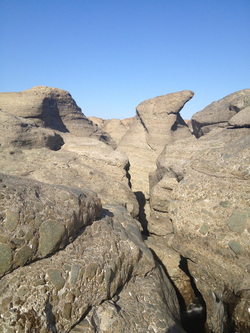
But there is so much more to see. The first time most people leave Dubai by car, they realise that the mountains are only an hour away. You drive past the large orange sand dunes, and the aptly named Big Red, scattered with the revving 4x4 ants scuttling around, and then the rocky outcrops start to appear.
When you first arrive in Hatta you might think that there is not much to recommend it. On a prominent roundabout, the hotel is one of the first buildings you see, with a parade of shops opposite and then you wonder: “is that it?” Turn right at the roundabout and the narrow lane takes you into the village where you start to get a peak at real Hatta life.
Our first stop was the Hatta Heritage Village nestled between two fortified hills that, although only a short climb, offer lovely views of the surrounding area. This is considered to be one of the oldest habited areas in the area, and the Heritage Village gives a glimpse of the Bedouin past with restored traditional mud barasti houses surrounding the fort complete with bedrooms, majlis and kitchen.
Once you’ve found your historical grounding head to the hills for a picnic. There is quite a lot of road development, but the way is easy even if mostly off-road. You’ll follow water courses, or falaj, and eventually park at Hatta Pools. The deep refreshing pools and waterfalls are reviving, but the calm mirage can mask the danger: given their narrow design flash floods are possible in rainy weather.
Hatta Pools has two reputations. It is a wonderful, geographically interesting, canyon carved by cooling water, where you can take a wander up and down the rock faces and through the pools, have a picnic and watch local boys jump from the cliff tops, leaving their common sense behind them.
Then there is the mess. Bottles, rubbish and graffiti unfortunately litter some of the popular rest spots. It’s a shame that people can’t respect their natural habitats.
However, it’s worth the day trip, even if you only do it once. We’ll be going back.
The practical bit:
What to read: Make sure you have a map. The mountain roads can be difficult to navigate and there are no signposts. Try the Explorer guide: UAE off-road.
Visa: Although Hatta is in the UAE, you will be briefly passing through Oman. This means you’ll be going through checkpoints and will require your passport. The UAE exit checkpoint is a good distance from the Oman entry checkpoint and there is nothing stopping you driving through. You’ll only realise your mistake when you arrive at the Omani checkpoint and get sent back. Driving towards Hatta you’ll come across some low-rise buildings on the right. Stop and make sure you get your exit stamp. You will also be required to have Omani car insurance for your brief drive through Oman.
Hatta Heritage Village: Turn right at the Hatta fort roundabout (04 852 1384). Admission is free.
Hatta Pools: From the Dubai-Hatta highway, turn right at the fort roundabout and follow the Mahdah road through Hatta village. With the Heritage Village on your right drive down the hill and turn right toward the village of Jeemah. The tarmac disappears after the UAE checkpoint. Follow the gravel track to the pools. You can continue passed the pools and continue along the gravel track passed the villages of Ray and Shuwayhah. At the T-junction turn right back towards Dubai-Hatta Road.

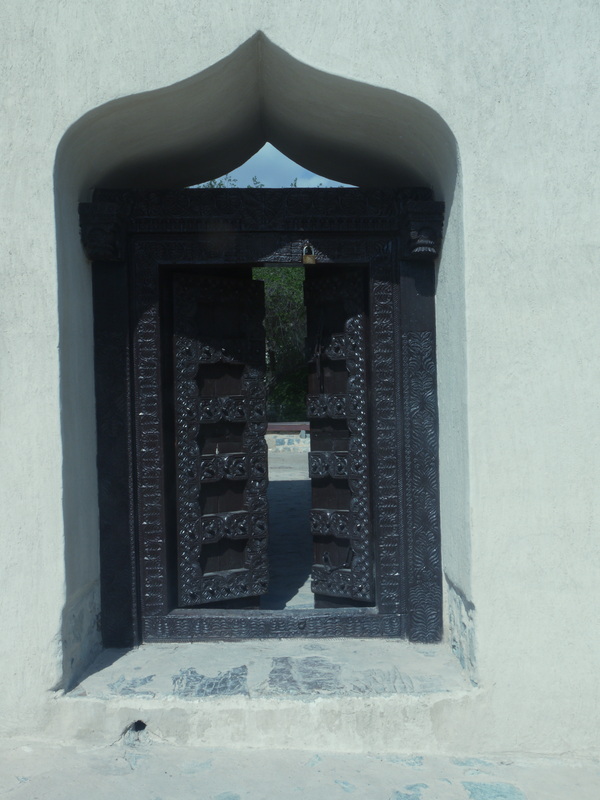
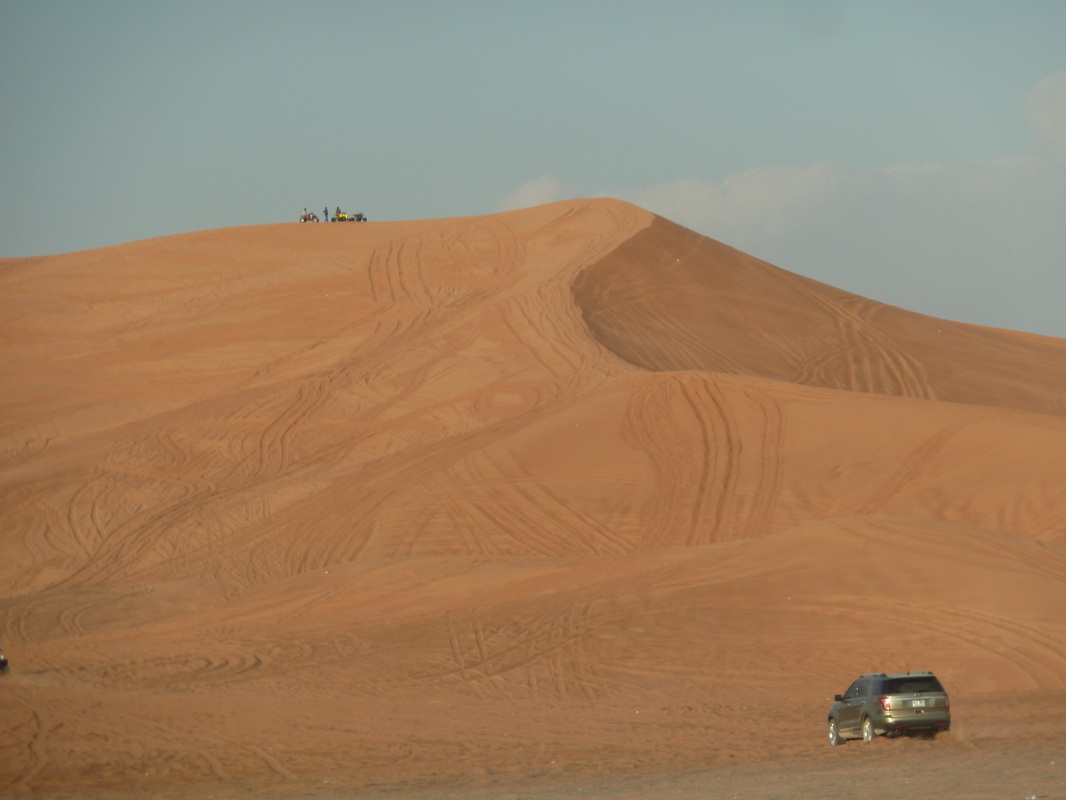
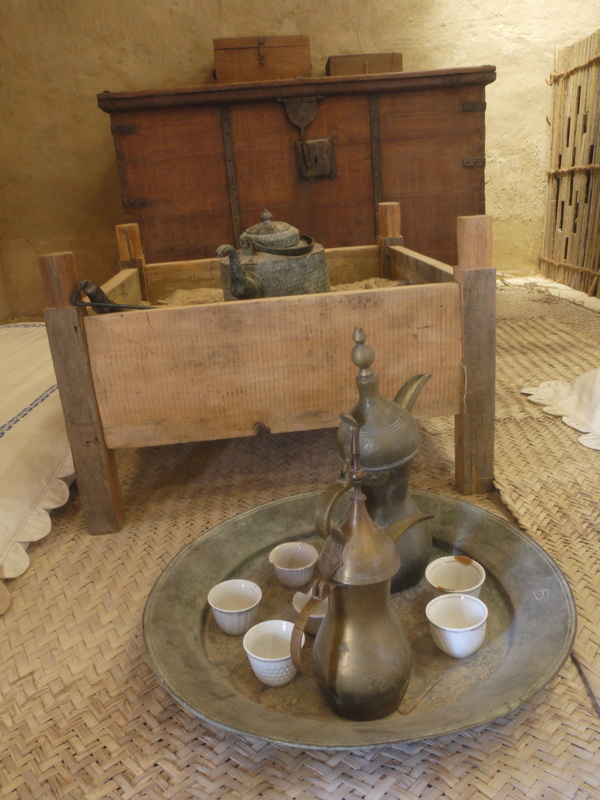
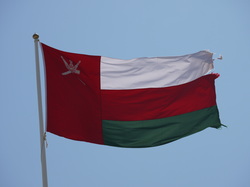
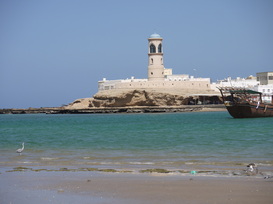
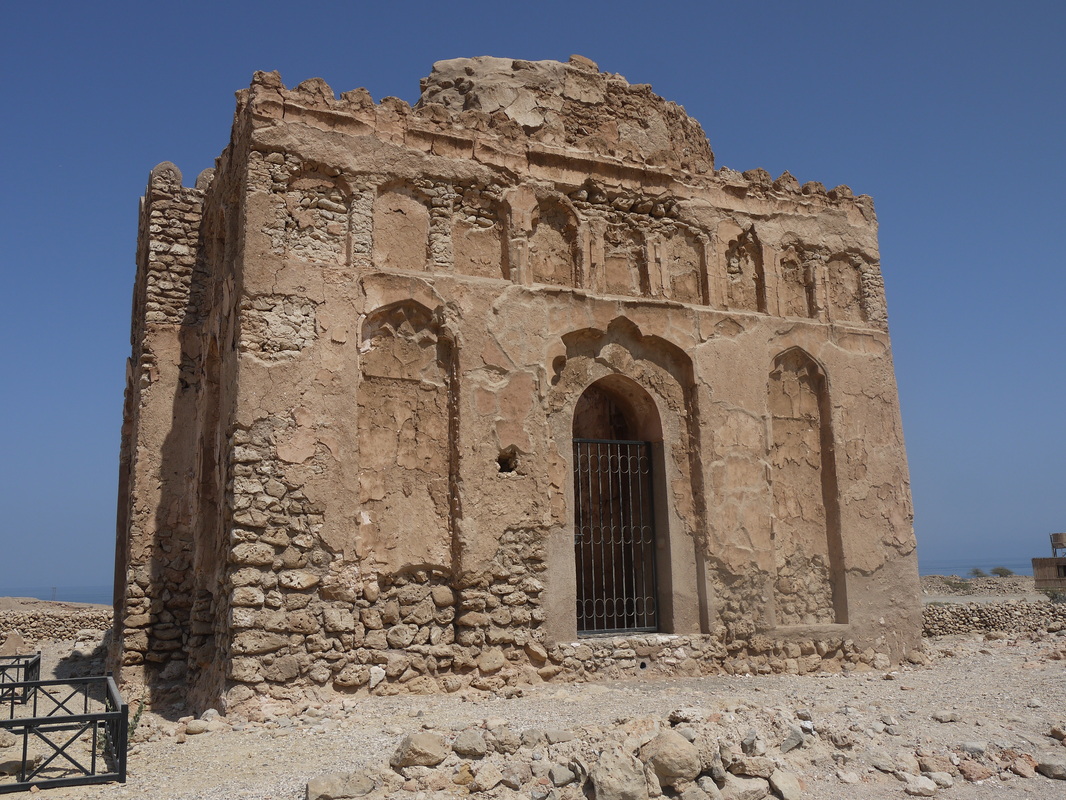
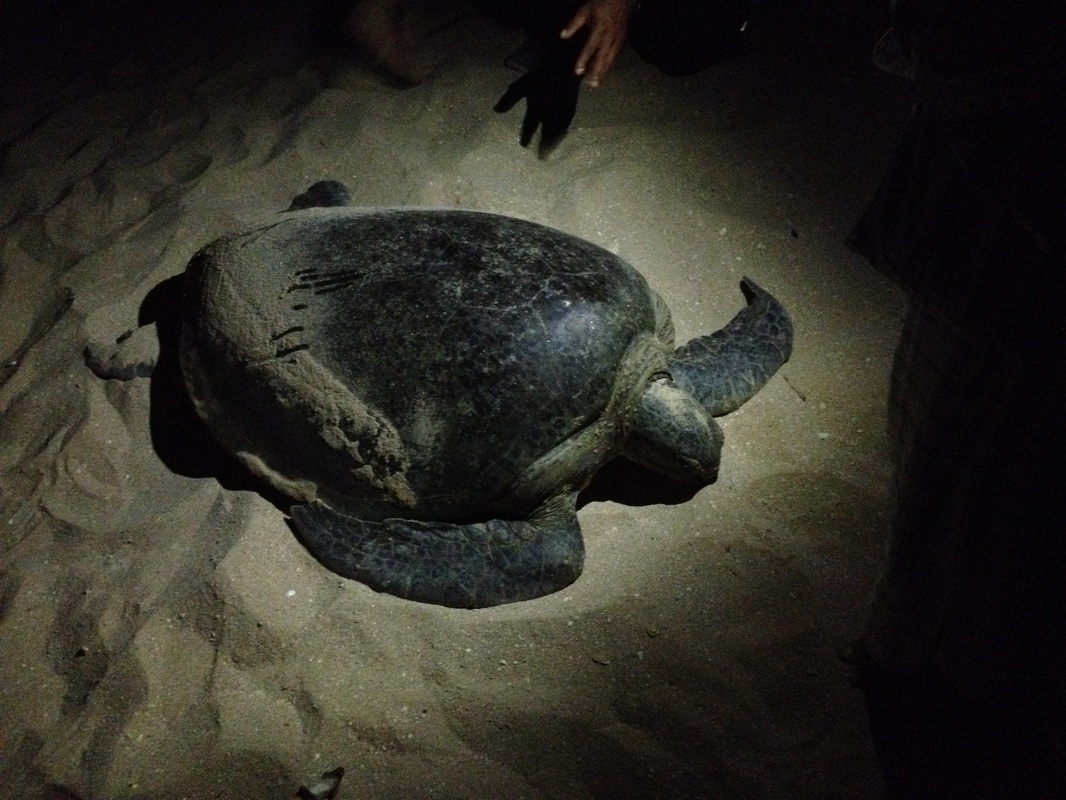
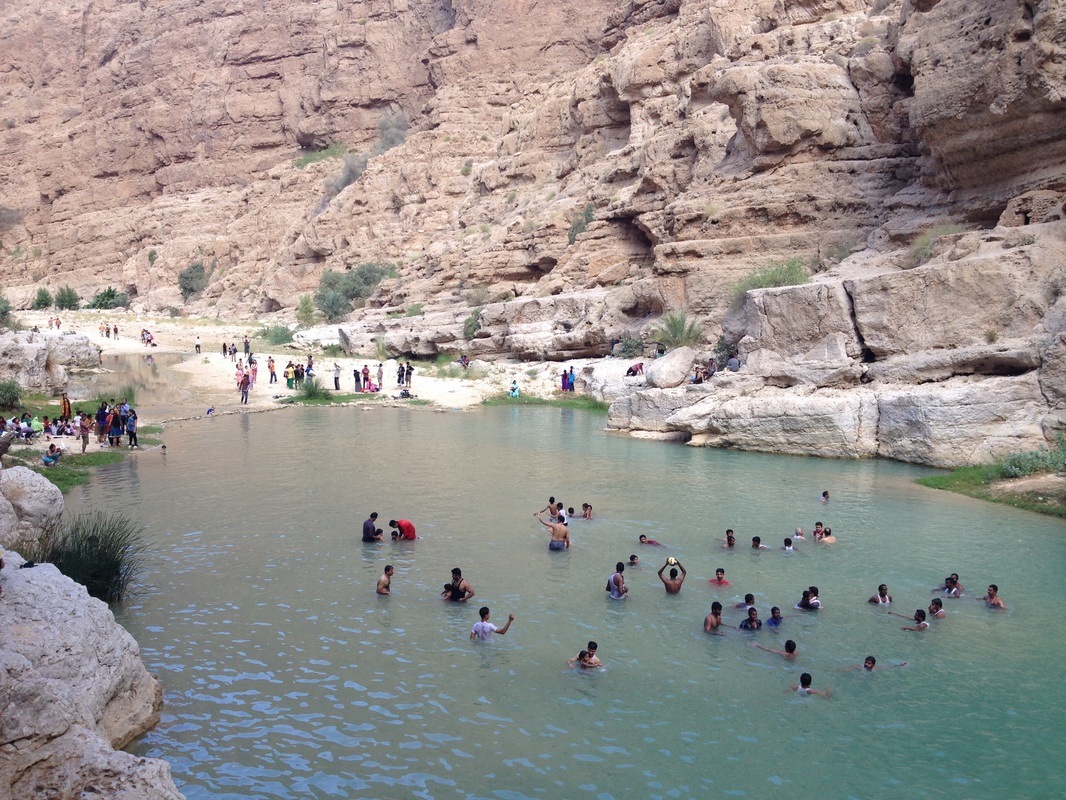
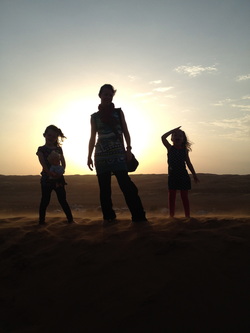
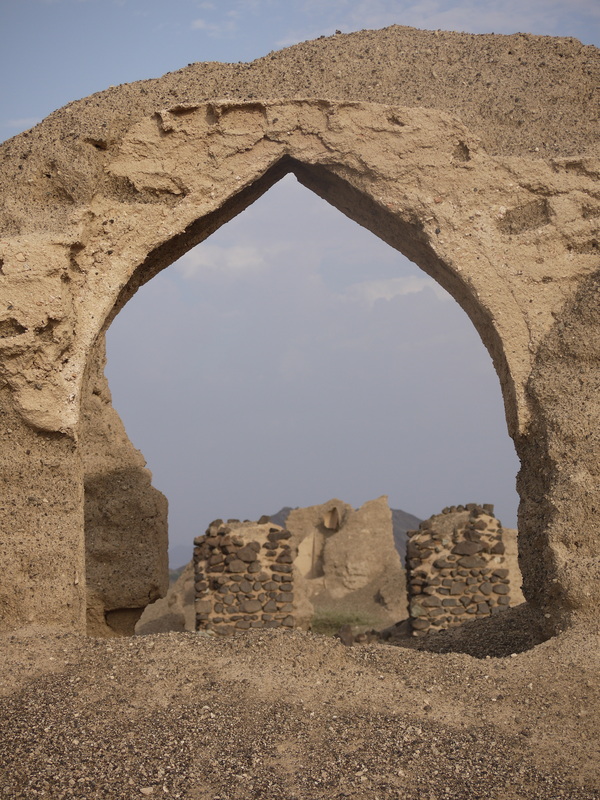
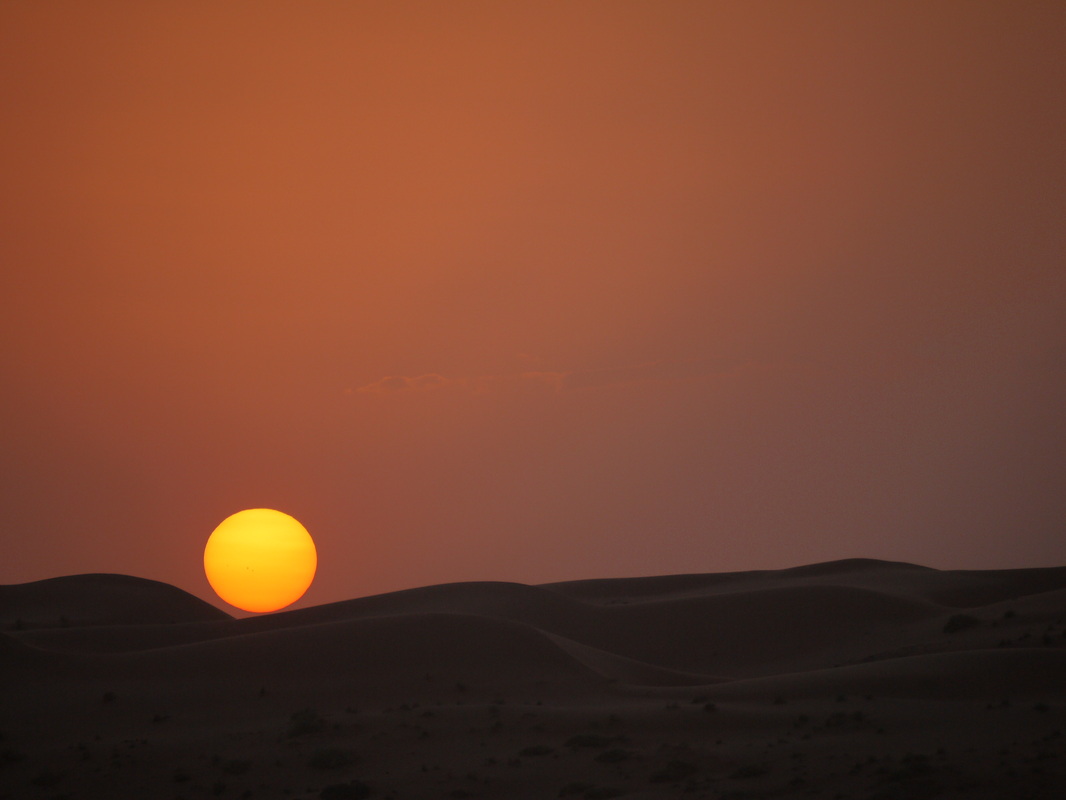
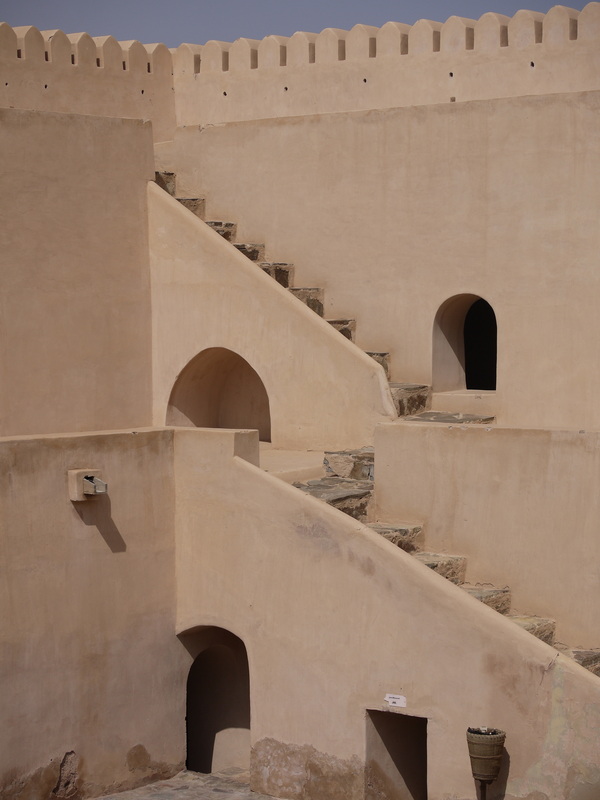
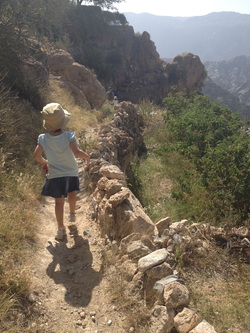
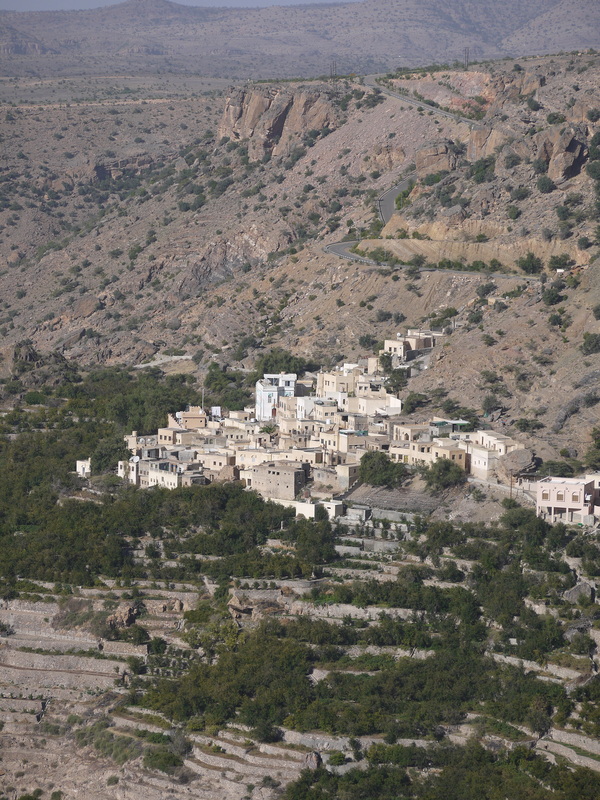
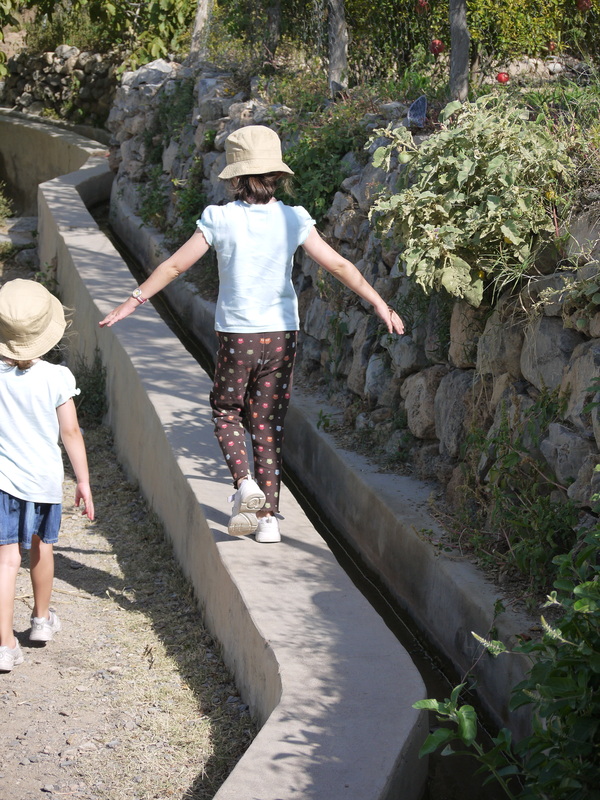
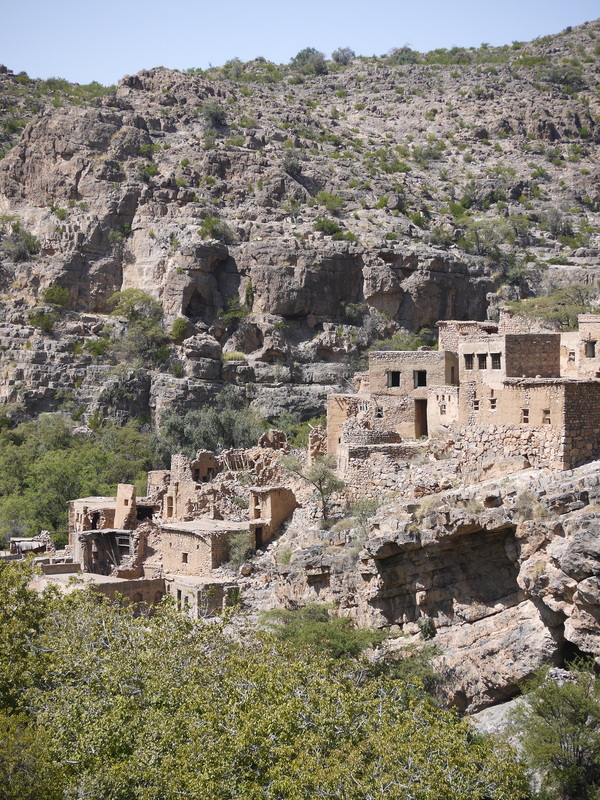
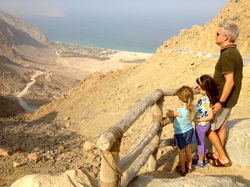
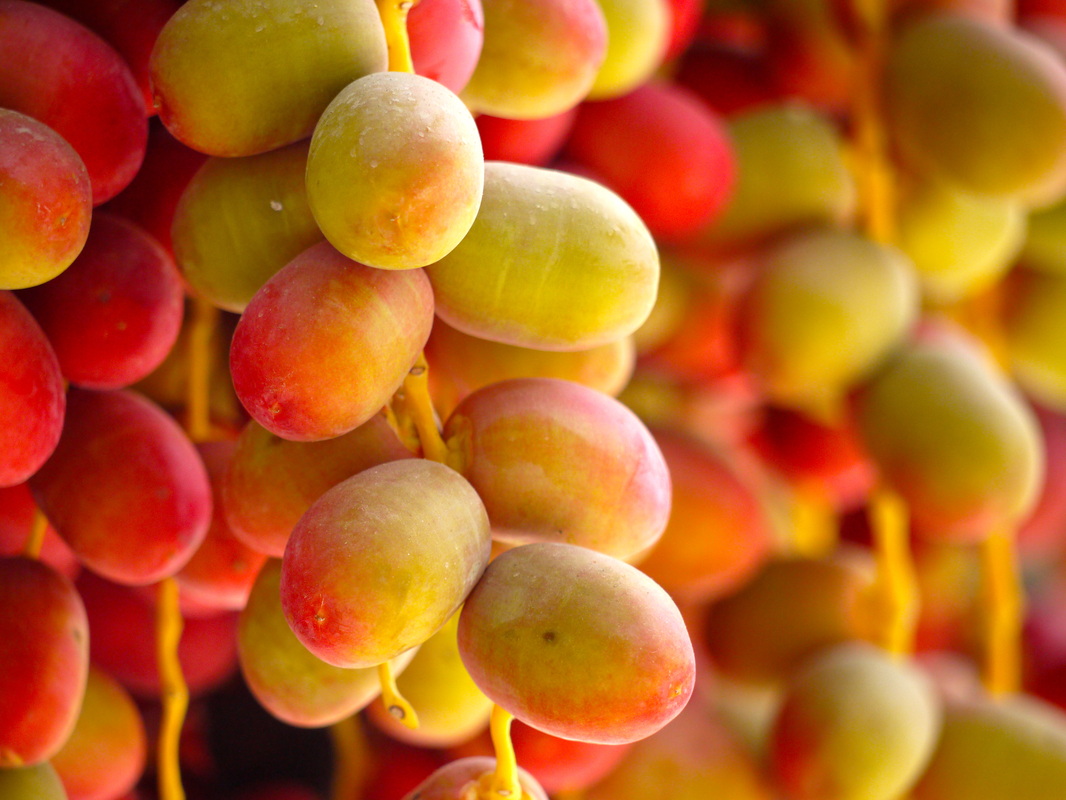
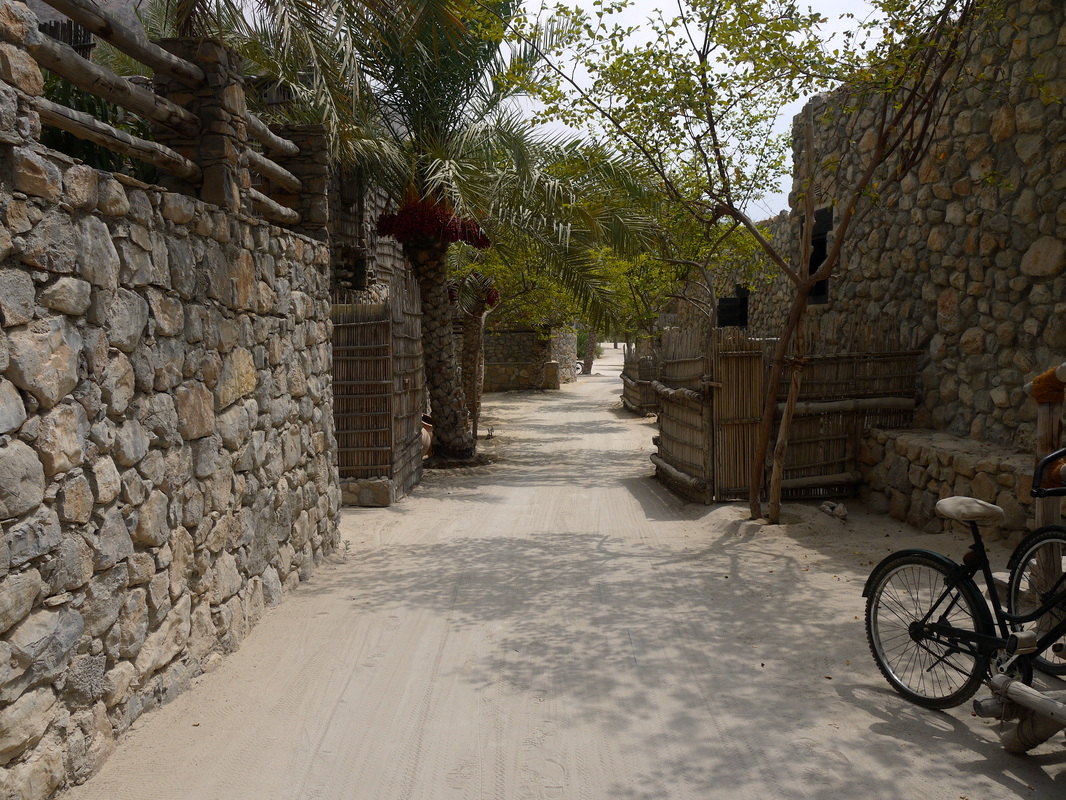
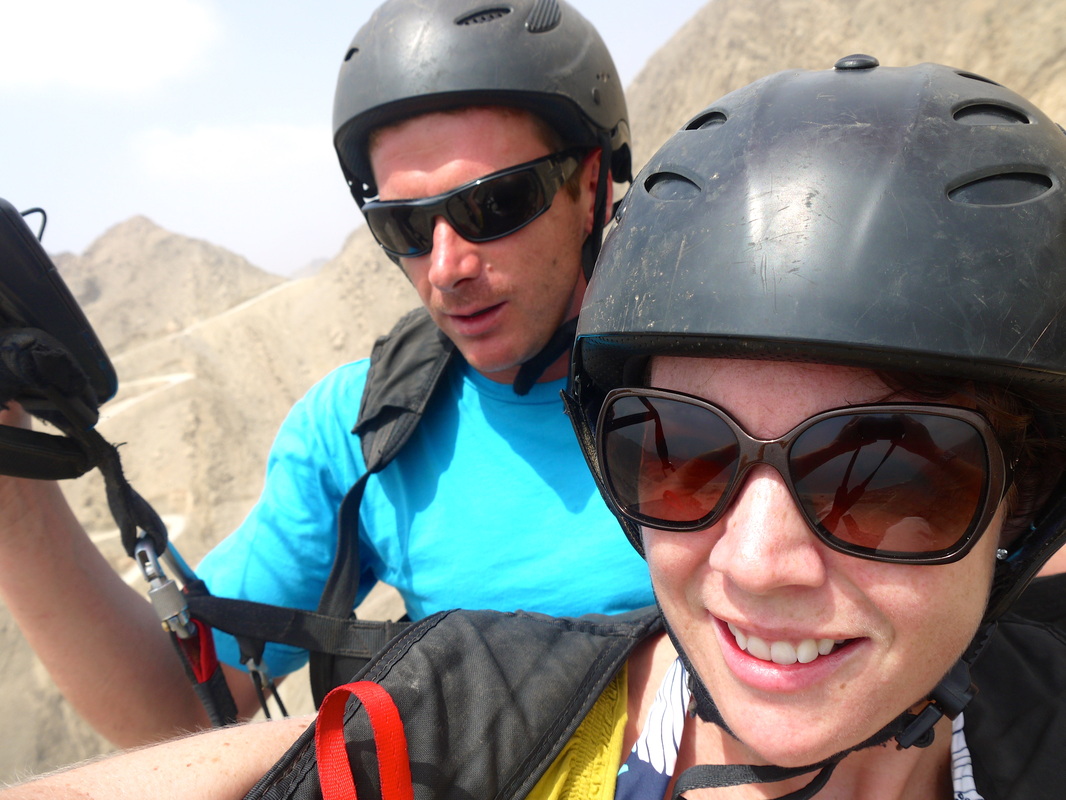
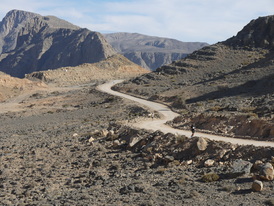
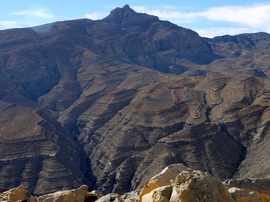
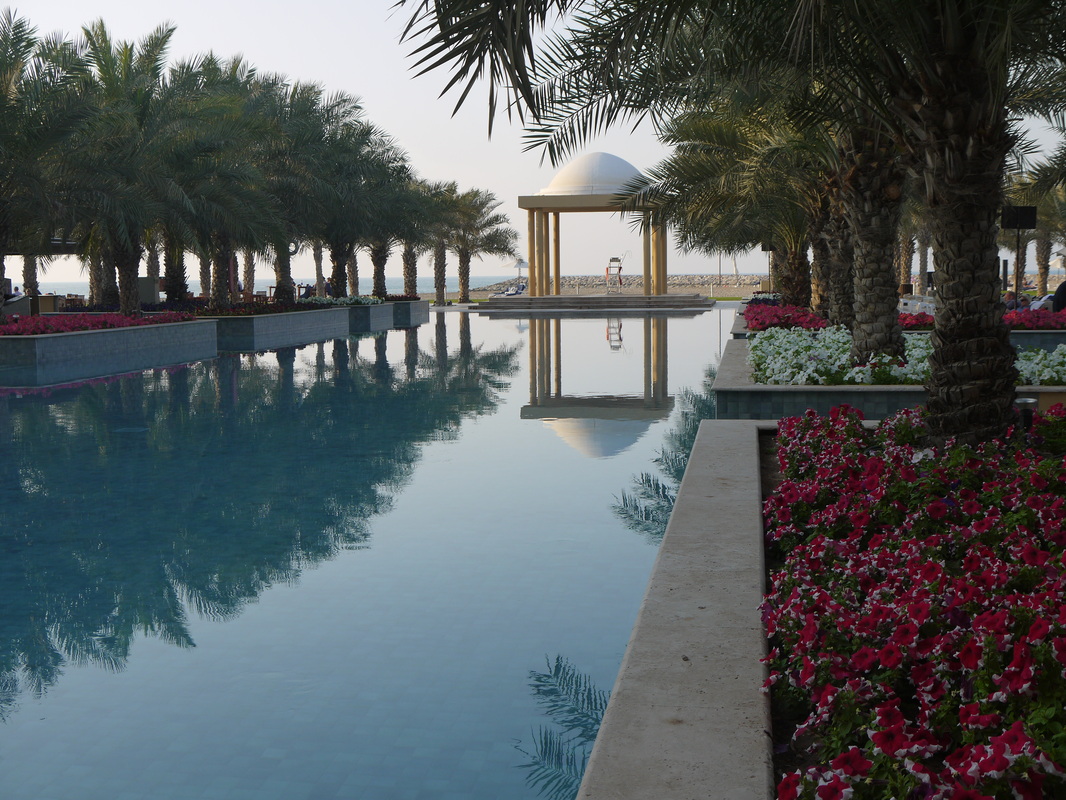
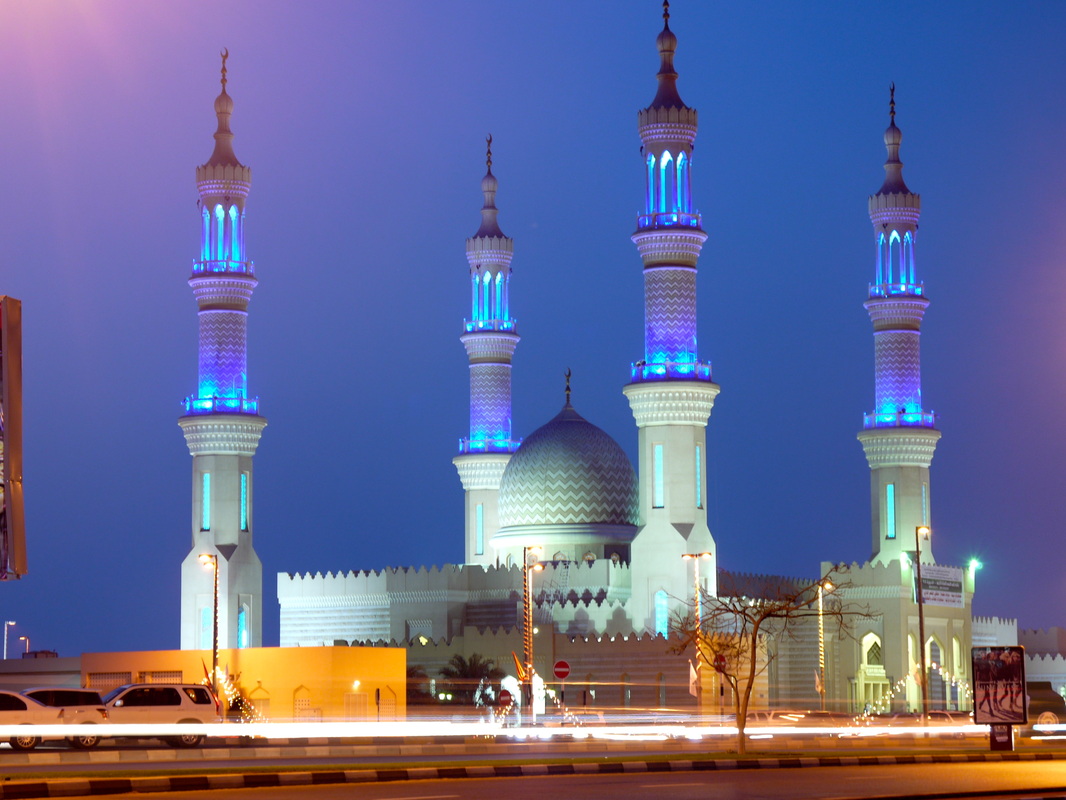
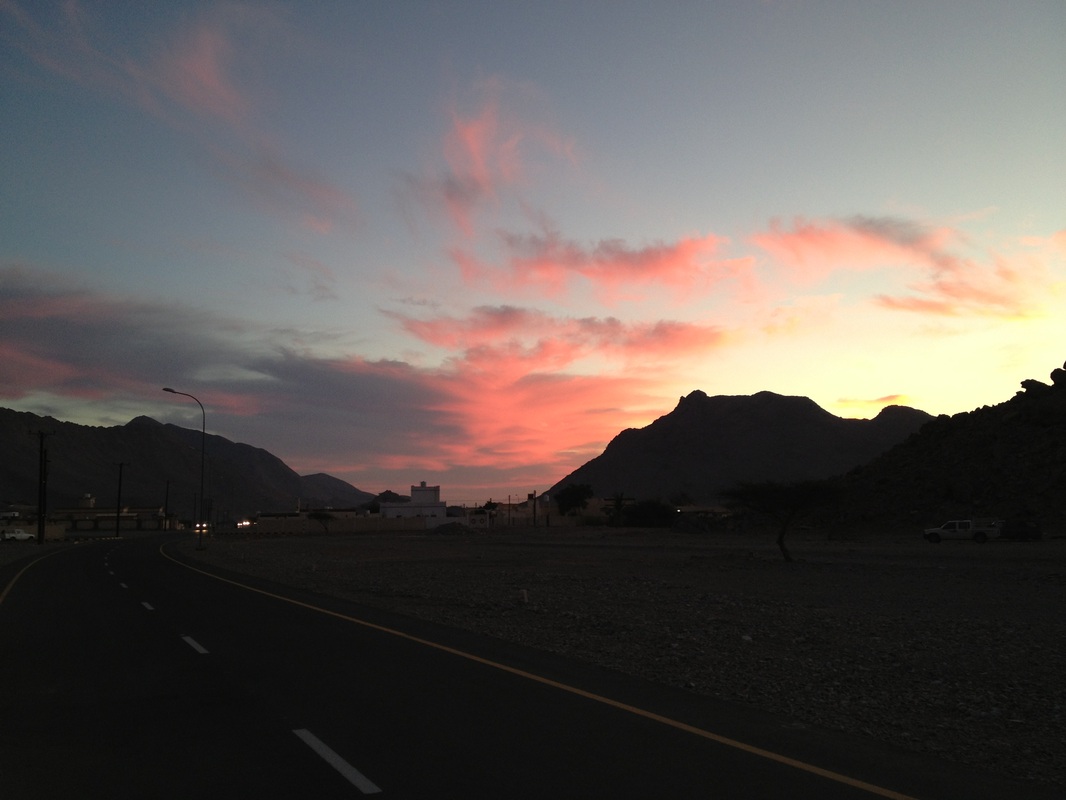
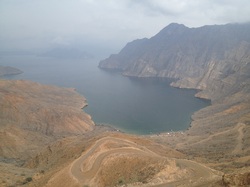
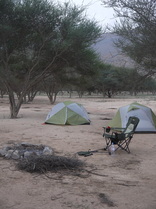
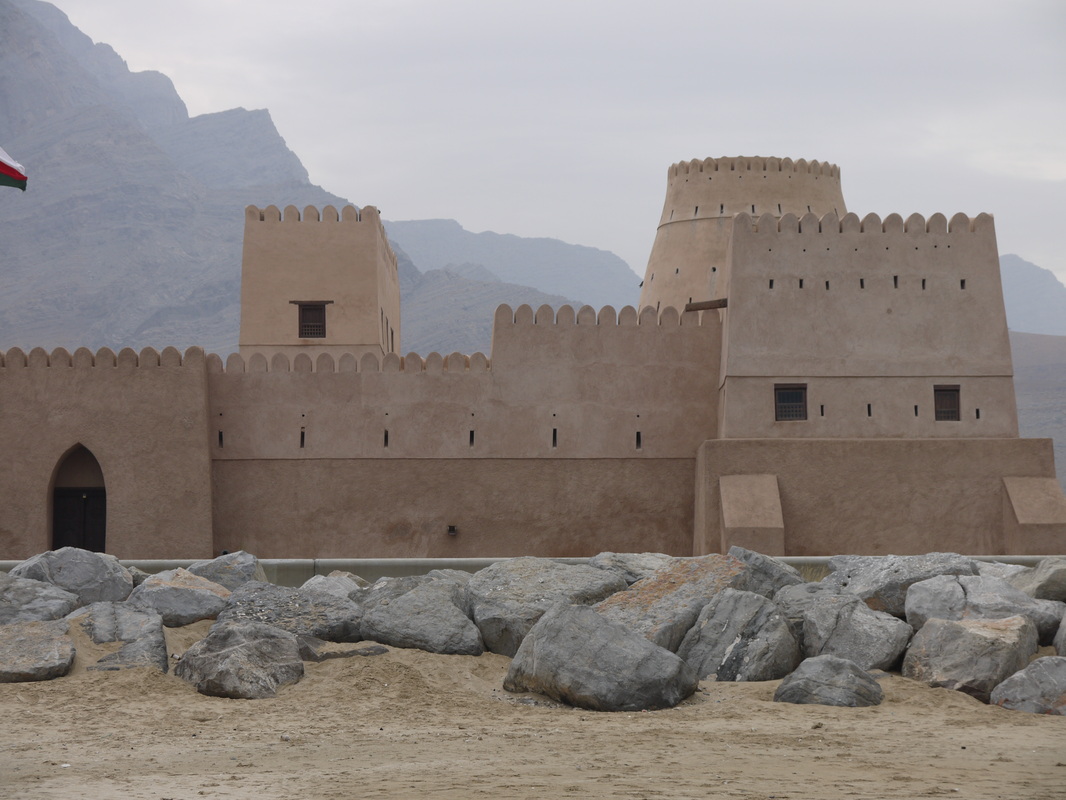
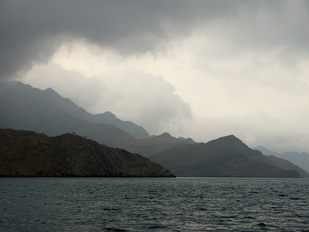
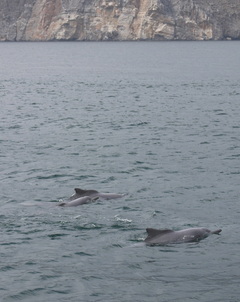
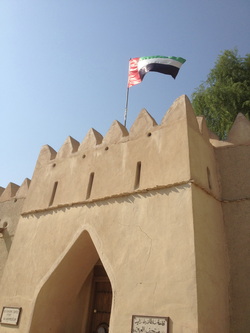


 RSS Feed
RSS Feed
